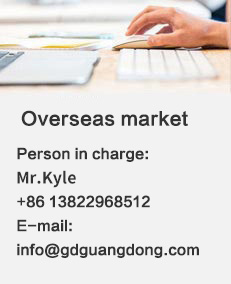
- Analysis of the Oper...2024/10/29
- What are the strengt...2024/10/29
- The process flow of ...2024/10/22
- Trends and challenge...2024/10/22
- This article is enou...2024/10/14

1. 75% of textile manufacturers are ready to invest in layout artificial intelligence
Leading textile companies can use artificial intelligence to aid creativity, design and product development. For example, they will use algorithms to filter large amounts of data to predict which products consumers prefer.
2. Globalization is intensifying and gives some players a competitive advantage
Globalization and cross-border cooperation, despite all sorts of remarks about nationalism and manufacturing resurgence, the process of globalization will not stagnate.
Exponential growth of cross-border interconnection and digitization will change the competitive environment, companies will be more global and give some players a competitive advantage.
3, the platform is first, the brand seeks to cooperate with strong sales channels
Platforms are becoming more and more important, consumers are accustomed to using the web platform as the first search point, and textile brands should also seek to cooperate with these powerful sales channels.
The issue that textile brands consider should not be “what if they cooperate with the platform” but “how to cooperate with the platform”.
4. Who can win depends on who is technologically faster?
As mobile payments are already being used globally, consumers will expect fashion companies to support increasingly convenient online transactions.
In the United States, mobile transactions are expected to reach approximately $930 billion in 2018. In Western Europe, they expect an annual growth of approximately 23% and reach €148 billion in the next three years. But this market is already very crowded. Whoever wins last depends on who has faster technological innovation and better user experience.
The challenges that textile companies face in this area will become increasingly complex, from device support to cloud computing, mobile service providers to integration with offline channels.
5, sub-sectors become hot spots, enterprise development is no longer a one-size-fits-all
Under the fierce market conditions, market segments have become inevitable. The textile market is in an unprecedented bottleneck period, and it is not a simple operation for enterprises to develop a unified production line.
6. Traditional companies will be forced to face the market with a more open attitude
Due to fierce competition in the industry, innovation is urgently needed, and more and more fashion companies are beginning to emulate the characteristics of startups, such as flexibility, collaboration and openness.
Traditional companies will be forced to face the market in a more open manner, accepting new types of talent, new ways of working, new partnerships and new investment models.
Guangdong Modern High-tech Fiber Co., Ltd. is a professional manufacturer engaged in the research, development, production and sales of PP yarn. Since its establishment, it has developed steadily. At present, it has established more than 70 polypropylene FDY production lines, 8 POY production lines and 2 DTY production lines. There are a number of other production and R&D equipment. In the previous year, the polypropylene filaments of various specifications exceeded 24,000 tons, making it a manufacturer of PP yarns with a large domestic production.


